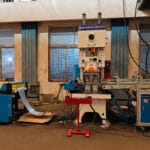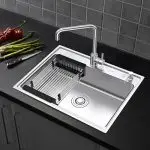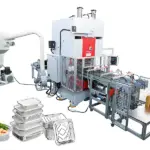Edge milling machines are crucial in industries requiring precise cutting, shaping, and finishing of metal edges. Their importance stands out in JCO pipe production lines, where they prepare pipe edges for subsequent processes like welding. This article covers the three basic types of milling machines, explains how an edge finder works, and discusses how edge milling machines contribute to the efficiency and quality of JCO pipe production lines.
The Three Basic Types of Milling Machines
Milling machines, known for their versatility, perform a range of cutting and shaping tasks on various materials. The three basic types of milling machines are:
- Vertical Milling Machines
- Vertical milling machines position the cutting tool vertically, enabling up-and-down movement. This setup makes them ideal for tasks requiring precision on flat surfaces, such as drilling, boring, and slot cutting.
- Horizontal Milling Machines
- In horizontal milling machines, the cutting tool mounts horizontally, allowing it to move parallel to the workpiece. These machines excel in heavy-duty tasks like milling slots and grooves, where significant material removal is necessary.
- Universal Milling Machines
- Universal milling machines combine features of both vertical and horizontal types, offering flexibility for a wide range of operations. Workshops that demand versatility and efficiency in handling various tasks often prefer these machines.
Each type of milling machine provides distinct advantages based on specific task requirements. For example, vertical milling machines are prized for their precision, horizontal machines for their strength in processing larger workpieces, and universal machines for their adaptability in complex projects.
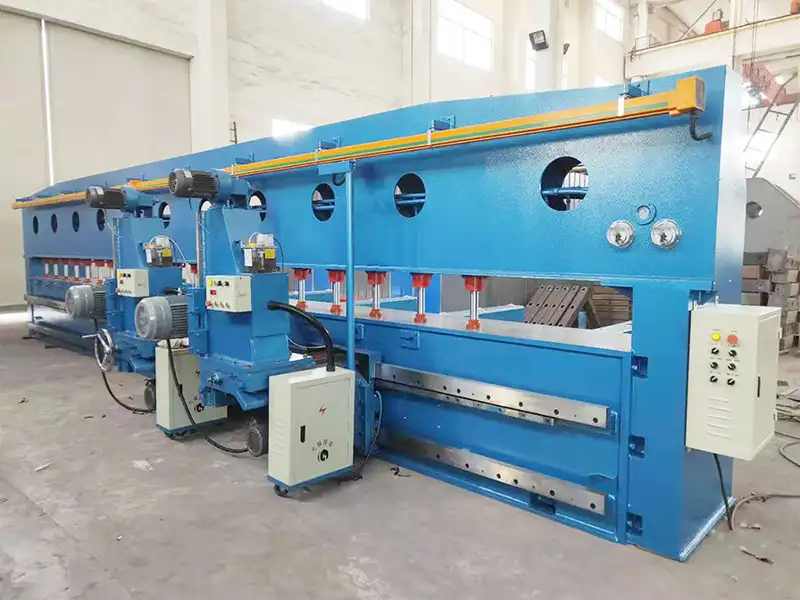
How an Edge Finder Works in a Milling Machine
An edge finder serves as a critical tool in milling, helping machinists locate workpiece edges with accuracy. By establishing a precise reference point, the edge finder ensures that all subsequent machining operations are accurate.
Edge Finder Functionality
- The edge finder consists of a shank and a tip. The shank attaches to the spindle, and the tip touches the workpiece’s edge. As the spindle rotates, the tip contacts the edge, causing it to wobble slightly. When the tip centers itself, it precisely indicates the edge’s position, providing a reliable reference point for machining.
Importance in Milling Operations
- Achieving accuracy in milling tasks is crucial. Using an edge finder ensures precise starting points for operations such as cutting slots, drilling holes, or shaping edges. Without an accurate reference, errors occur, leading to material waste and compromised machining quality.
Applications in JCO Pipe Production
- In JCO pipe production, edge finders ensure that pipe edges align perfectly before welding. This alignment is critical for creating strong, durable welds that meet industry standards. Accurate edge location significantly contributes to the overall quality of JCO pipes.
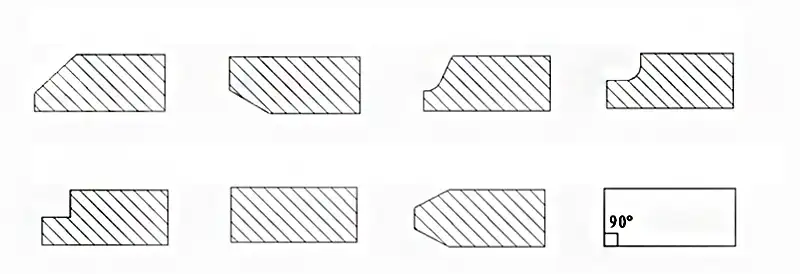
Features and Specifications of Our Edge Milling Machines
Our edge milling machines are designed to meet the demands of JCO pipe production lines, offering advanced features that ensure efficiency, precision, and durability. Below are the key features that make our machines stand out in the industry:
1. Multi-Layer Milling Capability
Our edge milling machines can mill multiple layers of boards simultaneously. This feature significantly enhances productivity, allowing for faster processing and increased output.
2. Hydraulic Lifting Feed Positioning Baffle
The feed positioning baffle is equipped with a hydraulic lifting mechanism. This design reduces labor intensity and further boosts work efficiency by streamlining the loading and positioning process.
3. Enlarged Worktable with Universal Steel Balls
We have widened the worktable and added universal steel balls, eliminating the need for a material feed rack. This modification is especially beneficial for processing small workpieces, making the machine more versatile.
4. Adjustable and Stable Milling Angle
The milling angle can be adjusted easily and reliably, ensuring stable and precise milling operations. This feature allows for quick adjustments to meet specific project requirements without compromising quality.
5. Improved Hydraulic Cylinder Structure
The hydraulic cylinder structure has been improved to effectively address oil leakage issues. This enhancement ensures the machine operates smoothly and maintains consistent performance over time.
6. Forming Milling Cutter Discs (R6, R8, R10)
Our machines are equipped with forming milling cutter discs available in R6, R8, and R10 sizes. These discs allow for a single-pass milling of U-shaped grooves, making the process more efficient and reducing the need for additional finishing.
7. Customizable Milling Power Heads
We offer customizable milling power heads, including self-made milling power heads, and domestic or imported gearbox power heads. This feature allows users to choose the most suitable option based on their specific production needs.
8. Two Installation Options for Guide Rails
- Integrated Guide Rails: Made from high-quality 45# steel, these guide rails are welded to the machine body, which is processed as a whole with a gantry milling machine. After professional scraping and grinding, the rails undergo electric spark treatment to ensure long-lasting performance.
- Removable Guide Rails: Also made from high-quality 45# steel, these rails undergo quenching, precision machining, and high-frequency hardening, achieving a hardness of around HRC55°. The rails are paired with wear-resistant soft tape to maximize their lifespan. The guide rails are 900mm long, 90mm wide, and 45mm thick.
9. Stress-Relieved Machine Bed
The machine bed undergoes vibration aging and tempering treatment to eliminate internal stress. This process ensures that the machine maintains its shape and performance over long periods of use, even under heavy-duty conditions.

The Role of Edge Milling Machines in JCO Pipe Production Lines
JCO pipe production lines specialize in manufacturing large-diameter pipes for industries such as oil and gas, water supply, and construction. Edge milling machines play a vital role in this process, as they prepare pipe edges for the JCO forming process, ensuring that the edges are smooth and ready for welding.
Edge Milling in JCO Production
- The edge milling process involves removing a thin layer of material from the pipe’s edge to create a clean surface. This step ensures that pipe edges weld together seamlessly, directly impacting the strength and durability of the final product.
Why Edge Milling Machines Are Essential for JCO Pipes
- Edge milling machines meet the demands of JCO pipe production. They offer high precision, consistency, and the ability to process large workpieces efficiently. Advanced features allow operators to control the milling process precisely, ensuring that pipe edges meet strict specifications.
Advantages of Using Edge Milling Machines in JCO Production
- Edge milling machines produce high-quality pipes that meet industry standards. Proper milling ensures uniform edges, which are crucial for strong welds. Additionally, edge milling eliminates defects or imperfections that could weaken the pipe, ensuring a longer service life.
Why Choose Our Edge Milling Machines for JCO Pipe Production?
Investing in high-quality edge milling machines is critical for manufacturers involved in JCO pipe production. Our machines meet the rigorous demands of this industry, providing unmatched precision and reliability.
Key Benefits
- Our edge milling machines operate efficiently, allowing for quick and precise processing of pipe edges. They handle the high-volume demands of JCO pipe production lines, ensuring consistent results with every use.
Customer Support
- We assist in selecting the right machine and provide ongoing maintenance and troubleshooting support. Our team of experts ensures that your production line operates smoothly and efficiently.
Contact Us
- To explore our range of edge milling machines and discover how they can enhance your JCO pipe production, contact us today. You can reach us at liu@weldcnc.com or by phone at 008613394110095. Let us help you achieve the highest standards in your manufacturing process.
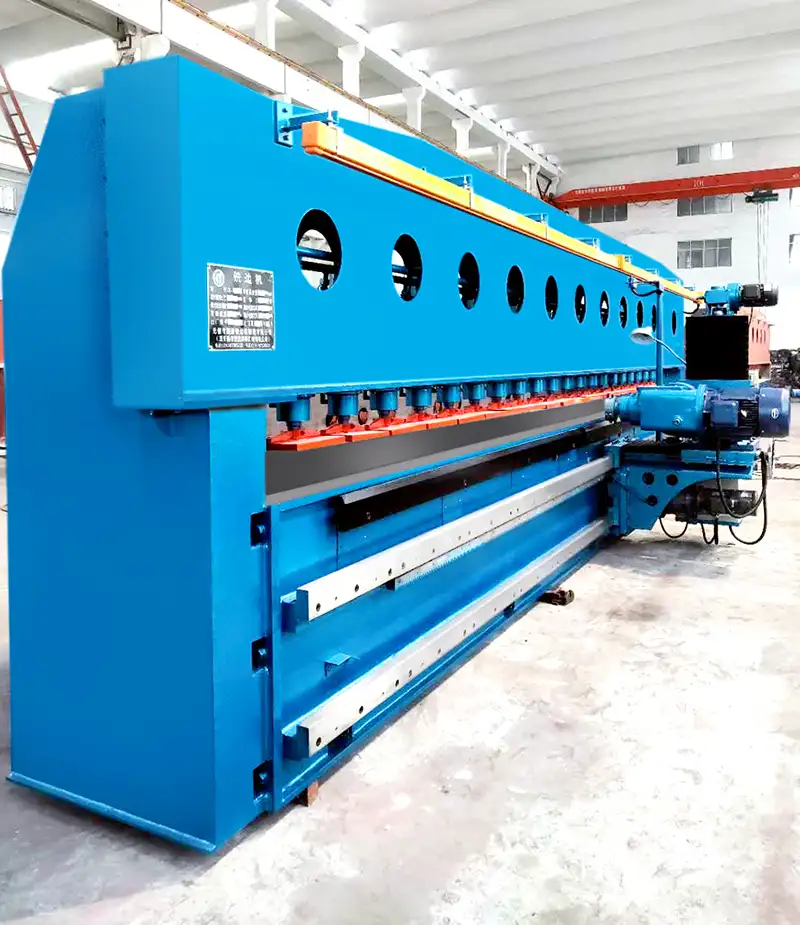
Common Issues and Maintenance Guide for Edge Milling Machines
Maintaining your edge milling machine is essential for ensuring consistent performance and longevity. Below is a guide covering common issues and their solutions, along with routine maintenance tips to keep your machine running smoothly.
Common Issues and Solutions
- Inconsistent Milling Results
- Cause: This issue often arises from worn or dull milling cutters.
- Solution: Regularly inspect and replace milling cutters to ensure they are sharp and in good condition. Ensure proper alignment of the milling head to maintain consistent results.
- Hydraulic System Malfunctions
- Cause: Hydraulic system issues can result from low fluid levels, contaminated fluid, or leaks in the hydraulic lines.
- Solution: Check the hydraulic fluid levels regularly and top up as necessary. Replace the fluid periodically to prevent contamination. Inspect hydraulic lines for leaks and repair or replace them as needed.
- Overheating of the Machine
- Cause: Overheating can occur due to insufficient lubrication, excessive load, or poor ventilation.
- Solution: Ensure all moving parts are properly lubricated. Avoid overloading the machine beyond its capacity. Maintain adequate ventilation around the machine to dissipate heat effectively.
- Excessive Vibration During Operation
- Cause: Vibration issues are often caused by imbalanced milling cutters or loose components.
- Solution: Balance the milling cutters and check for any loose bolts or components. Tighten them securely to reduce vibration and improve stability.
- Oil Leakage from Hydraulic Cylinders
- Cause: This problem can be caused by worn seals or damage to the hydraulic cylinder structure.
- Solution: Inspect the hydraulic cylinders regularly for signs of wear or damage. Replace seals as needed and ensure the cylinder structure is intact.
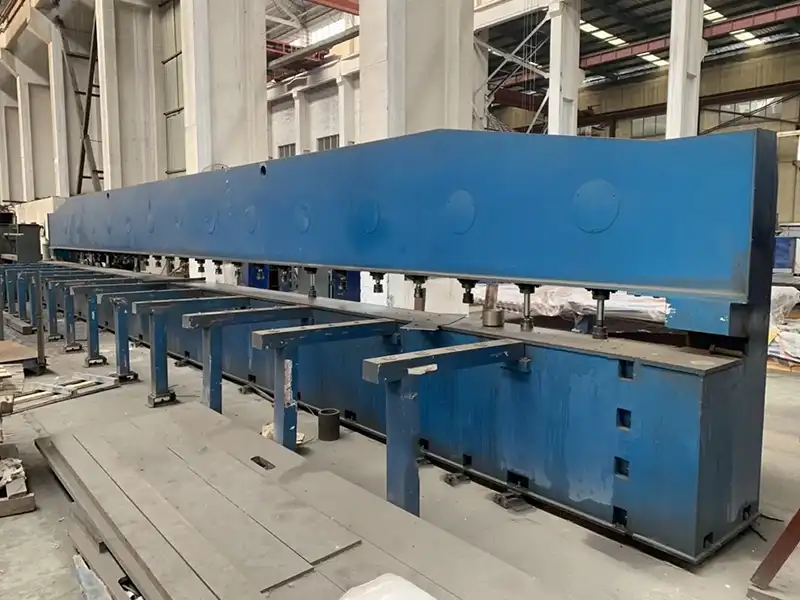
Maintenance Tips
- Daily Maintenance
- Clean the machine after each use to remove metal shavings, dust, and debris. This prevents build-up that could interfere with the machine’s operation.
- Check and lubricate all moving parts, including guide rails, milling heads, and power heads. Use the recommended lubricant to ensure optimal performance.
- Inspect the hydraulic fluid levels daily and refill if necessary. Ensure the fluid is clean and free from contaminants.
- Weekly Maintenance
- Perform a thorough inspection of the milling cutters and replace them if any wear is detected. Sharp cutters are essential for maintaining precise milling results.
- Check the alignment of the milling head and adjust if necessary. Proper alignment ensures consistent and accurate milling operations.
- Inspect the electrical components, including wiring and connections. Ensure there are no loose wires or signs of wear that could cause malfunctions.
- Monthly Maintenance
- Conduct a detailed inspection of the hydraulic system, including hoses, cylinders, and pumps. Look for signs of wear or leaks and address them promptly.
- Examine the machine bed and guide rails for any signs of wear or distortion. Ensure that the bed is level and that the guide rails are smooth and properly lubricated.
- Test the machine’s safety features, including emergency stops and limit switches. Make sure they are functioning correctly to ensure the safety of the operators.
- Annual Maintenance
- Schedule a comprehensive maintenance check with a qualified technician. This should include a full inspection of the machine’s mechanical, hydraulic, and electrical systems.
- Perform vibration analysis to detect any imbalances or misalignments that may not be visible during regular inspections.
- Consider replacing worn or outdated components, such as power heads or hydraulic pumps, to keep the machine operating at peak efficiency.
Related Articles
- How to Mass Produce JCO Pipes: A Comprehensive Guide
- Introduction of JCO production line applied to Oil and Gas Industry
- Unlocking the Power of JCO Pipe Production Line for Factory Owners
- Production process flow of Jco pipe production line
Edge milling machines are indispensable in JCO pipe production lines, ensuring that pipe edges are precisely prepared for welding and other processes. By understanding the different types of milling machines, how an edge finder works, and the role of edge milling in JCO production, manufacturers achieve the precision and quality needed for their products.
Investing in the right edge milling machine is crucial for improving efficiency and product quality in your production line. With our advanced edge milling machines, you can produce pipes that meet the highest standards of strength and durability. Contact us today to find out more about how our machines can benefit your production process.

